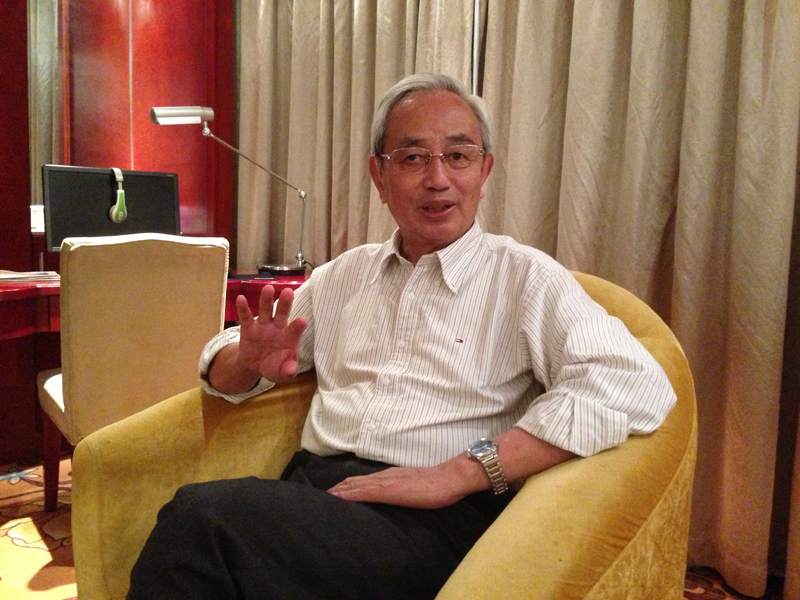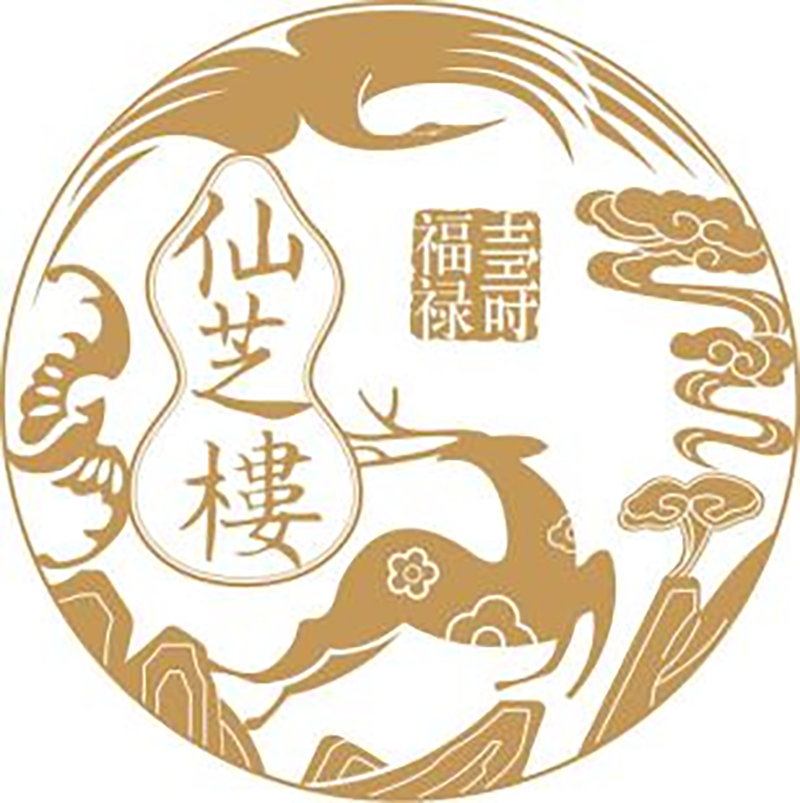
◎ Эта статья была первоначально опубликована на традиционном китайском языке в 100-м выпуске журнала «Ганодерма».(декабрь 2023) и перепечатывается здесь с разрешения автора.
С 1970-х годов, Рейши использовался как лекарство для профилактики и лечения заболеваний.. Тридцать лет спустя, он был включен в «Фармакопею Китайской Народной Республики», makingРейши (Ганодерма яркая(Leyss.ex Fr.) Karst. and Ganoderma sinense Zhao, Xu et Zhang) a legally recognized traditional Chinese medicine. На сегодняшний день, больше, чем 180 kinds of drugs made fromРейши have been marketed.
В 1990-е годы, Reishi was also approved as an ingredient for health food products. В настоящее время, there are more than a thousand types of Reishi health food products used for health preservation. Recently (ноябрь 9, 2023), Reishi was included in the “Catalogue of Substances Traditionally Regarded as Both Food and Chinese Medicinal Materials”.
The so-called “Substances that are both food and Chinese medicinal materials (hereinafter referred to as: food and medicine substances)” refers to substances that are traditionally used as food and are included in the “Pharmacopoeia of the People’s Republic of China”, which can be used for food production. Поэтому, Рейши has truly become a traditional Chinese medicine that can be used both as medicine and food.
С древних времен, Chinese medicine has had the theory of “Medicine Food Homology”, то есть, many foods are both food and medicine. Like medicine, food can also be used to prevent and treat diseases. The “Huangdi Neijing Taisu – Diet Adjustment” proposes: “Five grains, five livestock, пять фруктов, пять овощей, if used to satisfy hunger, it is called food; if used to cure diseases, it is called medicine. Поэтому, it is suitable for patients with spleen disease to eat japonica rice, which is its medicine, and it is also food when used to satisfy hunger.” Among the 365 kinds of medicines recorded in the “Shennong Herbal Classic”, 59 are foods, 36 of which have been included in the “Catalogue of Substances that are both Food and Chinese Medicinal Materials”.
Reishi has a traditional dual use as both food and medicine. Например, in the “Shennong Herbal Classic”, the red, зеленый, yellow, белый, and black Reishi can “prolong life, lighten the body, and prevent aging with long-term consumption; they are said to contribute to longevity.” Wang Chong of the Eastern Han Dynasty said in the “Lunheng – Initial Endowment Chapter”: “The Reishi blooms three times a year. Consuming it brings longevity, for it is the food of immortals.
Li Shizhen noted in the “Compendium of Materia Medica” that “In ancient times, Рейши was harvested throughout the four seasons and consumed by immortals, thus edible varieties of Reishi were classified under the vegetable category.” Tao Hongjing also stated in the “Collected Annotations on the Materia Medica” that “Whenever Reishi is obtained, it should be consumed directly without any restrictions, hence there is no prescribed method of consumption.” These discussions clearly indicate that the ancients were aware of Reishi’s dual characteristics as both food and medicine.
What is the difference between “Food-Medicine Substance Foods” and “Ordinary Foods”?
The development ofРейши products began with the extraction of substances from the fruiting body, which can be used as drugs or health foods. Позже, spore powder products were developed, which can also serve as health foods. Сейчас, эти вещества могут быть использованы при производстве продуктов питания и лекарств для продажи на рынке.. Несомненно, это благо для индустрии Рейши.
В отличие от обычной еды, когда вещества используются как для пищевых продуктов, так и для медицинских целей, существует множество правил, таких как ограничения на количество сырья, ограничения на тяжелые металлы и сельскохозяйственные отходы, объем потребления, и подходящее население. В течение пробного периода использованияРейши как вещество для продуктов питания и лекарств, разнообразные продукты Рейши, включая кофе Рейши, Рейши чай, Рейши Байцзю, Рейши напитки, и конфеты Рейши были выпущены на рынок.
Отличается от обычных аналогичных продуктов, все эти продукты содержат плодовые тела Рейши или их экстракты.. В связи с добавлением небольшого количества плодового тела Рейши или его экстракта., these foods have no pharmacological effects or health functions, but they may have potential physiological activity.
Например, I have tasted various types of Reishi coffee. The amount consumed in one serving contains about half to one Reishi capsule (содержащий 0.25 g of Reishi fruiting body extract), which is a small amount compared to the health dosage of Reishi capsules (4 к 6 capsules per day). For people who do not often drink coffee, the effect of the Reishi extract in occasionally drinking a cup of Reishi coffee can be negligible. Однако, for people who drink many cups of Reishi coffee a day, the cumulative amount of Reishi extract entering the body is close to the amount of health food. Plus, with “long-term consumption”, it may have a health-preserving effect, such as boosting the immune system, improving sleep, and combating fatigue. This is the difference between food-medicine substance foods and ordinary foods.
There was a time when a local regulatory department consulted me, asking, “What issues should be noted when Reishi is used as food?” I suggested thatРейши foods should preferably not be made into dosage forms such as tablets, капсулы, and oral liquids, which are used for medicines or health foods. This is because it would intentionally or unintentionally cause food to be mistaken for medicine or health food, thereby disrupting the Reishi product market.
Some medicinal diet restaurants use Reishi spore powder to make buns, noodles, and other pastries or medicinal meals. Since Reishi spore powder is not bitter and has a faint unique aroma of Reishi, его безопасно употреблять в пищу, и он очень популярен среди посетителей при использовании в пищу.. Кроме того, Мицелий Рейши является питательным телом в процессе роста Рейши, а также основным компонентом плодового тела.. Поэтому, есть ли шанс изменить закон в будущем, было бы лучше включить порошок спор Рейши иРейши порошок мицелия в пищевых лекарственных субстанциях.
Понятие «лекарства и продукты питания имеют одно и то же происхождение» берет свое начало из производства и жизненной практики древних людей.. Практика использования Рейши в качестве пищевого лекарственного средства только началась., и еще много дел предстоит сделать. Самое главное – это инновации, не подражать. Я пробовал разные видыРейши кофе, и я не могу выделить каких-то особенных характеристик. What would be the consequences if everyone rushes to make such Reishi coffee? Поэтому, the Reishi industry needs to take the path of innovation in the research and development of Reishi foods, develop more and better Reishi foods, in order to truly usher in the spring of the Reishi industry.
Знакомство с профессором Линь Чжибинем

Мистер. Линь Жибин, a pioneer in Reishi research in China, посвятил почти полвека этой области. Он занимал несколько должностей в Пекинском медицинском университете., включая вице-президента, Заместитель декана факультета фундаментальной медицины, Директор Института фундаментальных медицинских наук, and Director of the Department of Pharmacology. He is now a professor in the Department of Pharmacology at Peking University School of Basic Medical Sciences. От 1983 к 1984, он был приглашенным научным сотрудником в Исследовательском центре традиционной медицины ВОЗ при Университете Иллинойса в Чикаго.. От 2000 к 2002, он был приглашенным профессором в Университете Гонконга. С 2006, он был почетным профессором Пермской государственной фармацевтической академии в России..
С 1970, он использовал современные научные методы для изучения фармакологических эффектов и механизмов традиционной китайской медицины.Ганодерма и его активные ингредиенты. Он опубликовал более ста научных статей по Ганодерма.. От 2014 к 2019, он был включен в список высоко цитируемых исследователей Китая журнала Elsevier шесть лет подряд..
Он написал много книг о Ганодерма., включая «Современные исследования Ганодерма»(Издания 1-4), «Линчжи от тайны к науке»(Издания 1-3), «Ганодерма поддерживает здоровую энергию и рассеивает патогенные факторы., помощь в лечении опухолей», “Comprehensive Discussion on Ganoderma”, “Ganoderma and Health”, “Ganoderma and Tumor Prevention and Treatment”, and others.




